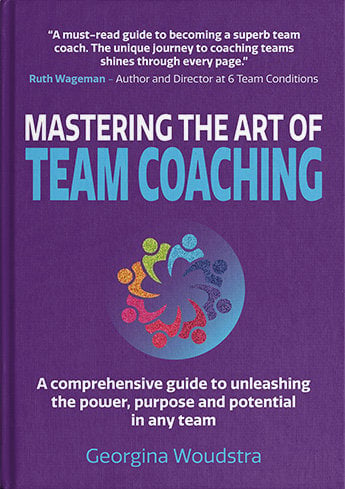To succeed in the future, organisations need to influence not only how people work, but also how they work together…
Teams are the building blocks of organisations. Teams have the potential to be more innovative, to find the best solutions, to discover mistakes faster and to make better decisions than one member operating on their own. But just because you put a bunch of people together and call them “a team” doesn’t guarantee that you will release this potential. Teams can also be rife with interpersonal issues, friction and interference, which can see that potential go to waste.
Recently, researchers from Google’s ‘Project Aristotle’ (named after the philosopher for his quote “the whole is greater than the sum of the parts”) sought to discover the secrets of effective Google teams. They studied more than 180 teams over two years and examined how both team composition and team dynamics impact team effectiveness.
What they found might seem surprising. What really mattered was not who is on the team, but how that team works together.
In answer to the question “What makes a Google team effective?”, the researchers identified 5 key dynamics:

The most important dynamic? Psychological Safety – the belief that you won’t be punished when you speak up or make a mistake. When there are bad team dynamics people worry that their boss or colleagues won’t like what they have to say, and they may be seen as incompetent or negative. Indeed, the research recounts a vignette from a senior executive who recalls withholding serious reservations about a planned takeover in the face of others’ enthusiasm. As he put it, he didn’t want to be “the skunk at the picnic”.
This kind of interpersonal risk is quite simply a barrier to collaboration and good decision making. In a climate of high psychological safety, people speak up, share ideas, admit mistakes and respond with respect to others. When none of this is allowed to happen, the team simply can’t reach their potential.
In a TEDx talk, organisational behavioural scientist Amy Edmondson defines psychological safety as “a shared belief held by members of a team that the team is safe for interpersonal risk-taking.” In her 2012 book “Teaming: How Organizations Learn, Innovate and Compete in the Knowledge Economy” she further explains that team leaders are responsible for creating that psychological safety by explicitly articulating their expected norms and encouraging their teams to adhere to them. Of course, this is easier said than done, and team leaders can benefit from working with a coach to ensure this happens.
In order to give some shape to her suggestions, Edmondson identifies three pillars that leaders can apply as they look to foster psychological safety and collaboration:
- Curiosity (learn from the people around you)
- Passion (care enough to work your hardest)
- Empathy (see things from other people’s points of view)
As a coach, these pillars are likely to resonate. Indeed, curiosity is one of the most impactful traits of our profession. John Gottman, the world renowned expert on another form of teams, couples and marriage, uses a wonderful model called ‘The Four Horsemen of the Apocalypse’- Criticism, Defensiveness, Contempt and Stonewalling. Any of these can destroy psychological safety making it a relevant metaphor for describing communication styles that can damage any relationship.
To combat ‘the four horsemen’ team leaders need to be able to identify them in team discussions and replace these unhealthy patterns with productive ones. And that’s where team coaching can be highly effective. As we’ve learned, it’s not just who’s involved, but how they work together, that drives teams to success.
If you want to know more about Team Coaching please check out our programs here. >>>>>>



